Last Updated
Few places in the world are as wonderfully unique as Japan. Understandably, many visitors from the U.S., Europe, and beyond take a wrong turn or two when dropped in a culture so different to their own.
That said, no one wants to be the stereotypical clueless tourist.
Here are the five biggest mistakes travelers are making while visiting Japan right now, and how to avoid them:

Buying The Wrong Type of Train Tickets
The Japan Rail Pass (or JR Pass) is an unlimited Japanese transport pass for trains, airport transfers, buses, and ferries. Since it’s exclusively for overseas tourists, this pass has to be purchased online in advance of your trip.
The price tag of $212 for 7 days (or $338 for 14 days) makes the JR pass a purchase you really want to think through.
So how do you know if the JR Pass is worth it?
- If time is a priority on your multi-city trip. – A one week JR Pass is cheaper than one roundtrip shinkansen bullet train ticket between cities, such as Tokyo to Kyoto or Osaka and back. While buget travelers can opt for Japan’s overlooked luxury buses from $15, the shinkansen is definitely still the best way to get between cities in Japan. It’s almost an experience in itself.
- If your trip is between October and December 2023. – Even if you’re not sure how many trains you will need, buy a JR Pass online before September 25 before the prices go up by a whopping 70% starting October 1. You can activate the pass up to 3 months after the date of purchase.
- If you’re traveling with kids. – For JR Pass holders, children under 6 years old are free, and 6-11 year olds get half price.
- If you’re traveling during peak travel season or rush hours. – You’ll want to reserve a seat on your train during the world-famous cherry blossom season from March to May, peak summer holidays, and other busy times. Saving a seat is more expensive than an unreserved ticket, making the JR Pass worth it.
Still not sure about the best deal for your trip? Try a handy Japan Rail Pass calculator.
Finally, don’t make the mistake of forgetting to pick up a Suica card from any airport or train station when you arrive in Japan.
Cash is surprisingly still king in this technologically advanced country, so the Suica card is a nice workaround for contactless payment on Japan’s public transportation network, as well as at vending machines, stores, and restaurants.
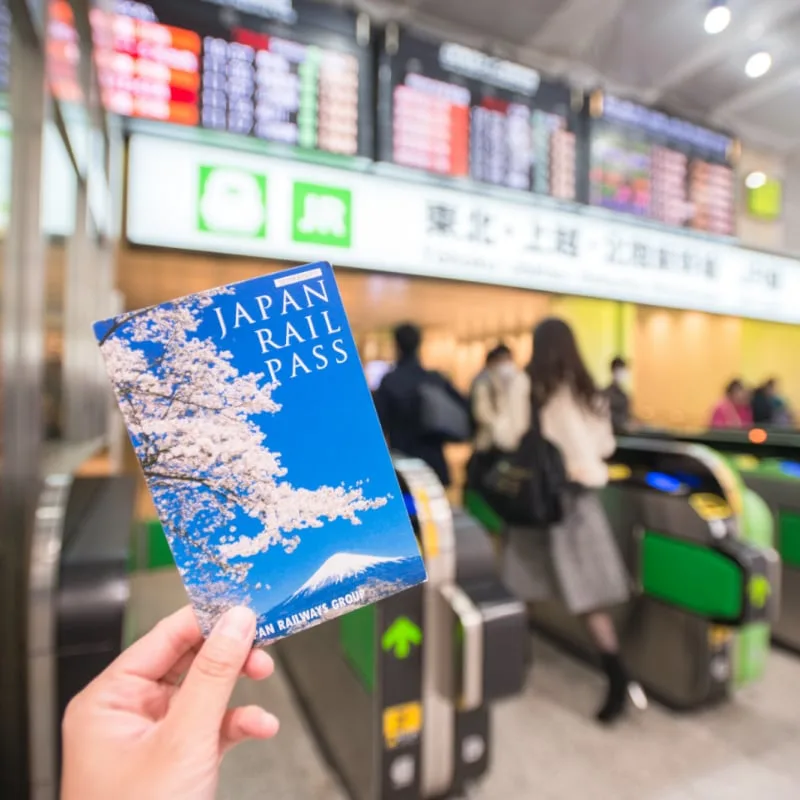
Eating Or Drinking In Public
With so many amazing meals, snacks, and beverages to enjoy at any budget, it’s easy to get over excited and forget Japanese etiquette around enjoying your food.
It’s considered seriously bad manners to eat or drink in public in Japan.
Tourists should take extra care not to sip or snack while walking, and most definitely never on public transport. (The exceptions here are a discreet water bottle wherever or bentos on long distance trains.)
If tourists have to eat or drink on the go, they can find a quiet spot in a public park or take a seat on a public bench. The area right in front of vending machine groups is usually a safe zone too.
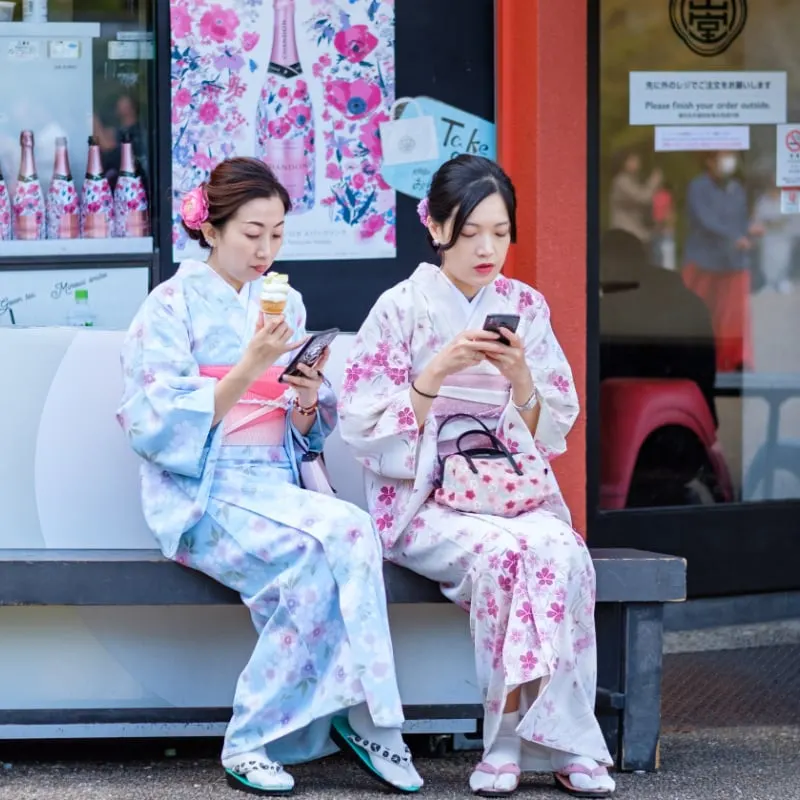
Blowing The Whole Budget On Food
Yes, you’re in a culinary paradise with the most 3-michelin starred restaurants of any country in the world. But you definitely don’t need to splash out on fine dining to eat well in Japan.
Westerners typically think of sushi as a pricy meal choice. But in Japan, sushi is fresher and more affordable than almost anywhere else – and you don’t even need to shell out top dollar for Japan’s many amazing sushi restaurants to enjoy this delicious treat.
Both sushi lunch sets from depachikas (department store basement food halls) for $4-6 and meals at conveyor belt sushi diners for $8-12 offer excellent value.
Japan is also famous for its convenience stores, or konbini, that put 7-11s all over the world to shame. If the hundreds of varieties of instant noodles aren’t your thing, try onigiri, triangular rice balls wrapped in seaweed paper and filled with all kinds of delicious meat and fish for only a dollar.
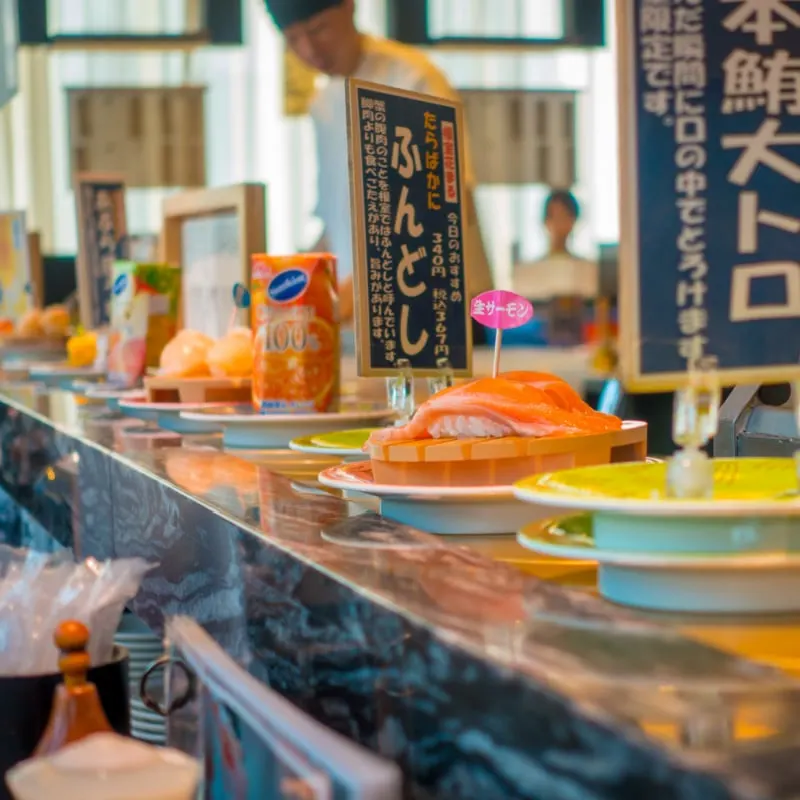
Did you know that if all of Japan’s 5 million vending machines were lined up side by side, they would stretch all the way from Tokyo to Hawaii?
The quantity doesn’t detract at all from the quality, either. While tourists might be expecting chilled sake and hot lattes, they’re likely to be surprised by fresh produce, steaming dim sum, traditional curries, and trendy cake-in-a-can.
When it comes to crowdpleasing ramen, there are so many affordable options beyond cup of noodle vending machines and convenience stores. Many budget and mid-range ramen shops use a vending machine ticket system to streamline the ordering process, and offer prices starting at $5.

Tipping
Travelers may think they’re complimenting the restaurant’s service with a tip. Unfortunately, that would be a sticky cultural misstep in this corner of Asia.
Tipping is genuinely offensive in Japan.
Staff will be embarrassed and unsure what to do with you or your bills. Some restaurants do have a service charge of a few dollars per person, or a flat 10% fee, that will be included on your check.
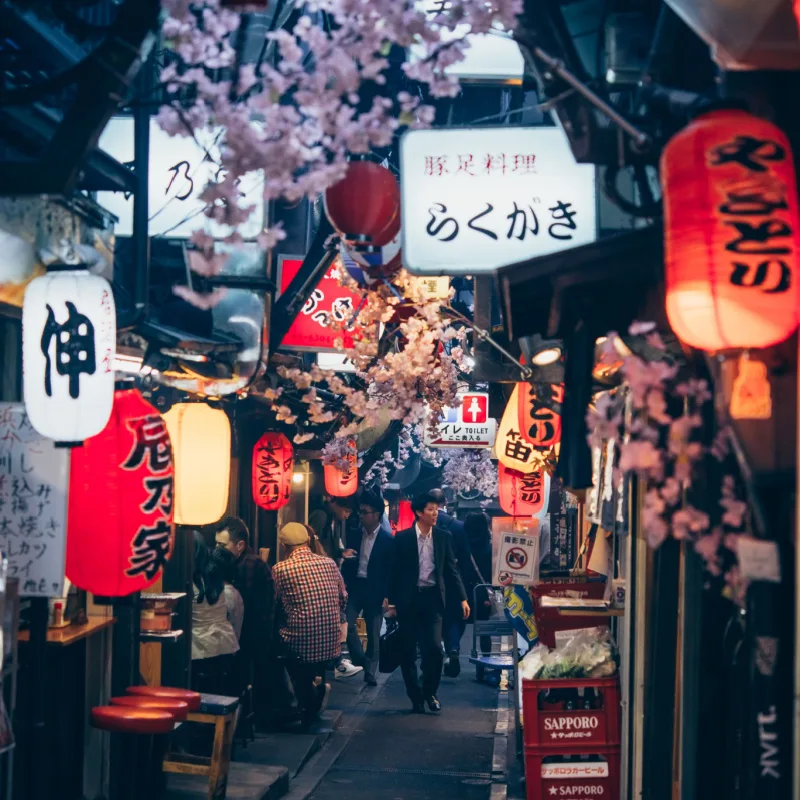
Poorly Planning Tokyo Arrival And Departure
Most international travelers will start off their Japanese adventures in Tokyo – or, so they think.
Narita International Airport is not in Tokyo. It’s actually in Chiba prefecture over, over an hour and a half by special airport express train from central Tokyo. Both JR’s Narita Express and Keisei’s Skyliner will get you there for about $35, but they only run from about 7:30am to 9:30pm.
Many tourists also make the mistake of arriving in central Tokyo at rush hour. From 7-9am and 5-7pm, it’s hard enough to pack your body into a train with the help of a person-pusher, much less squeeze in your luggage. There are also no trains between 1am and 5am.
Without proper planning, travelers could find themselves drowning cluelessly in a sea of commuters, stranded, or paying an exorbitant $180-220 for an airport taxi.
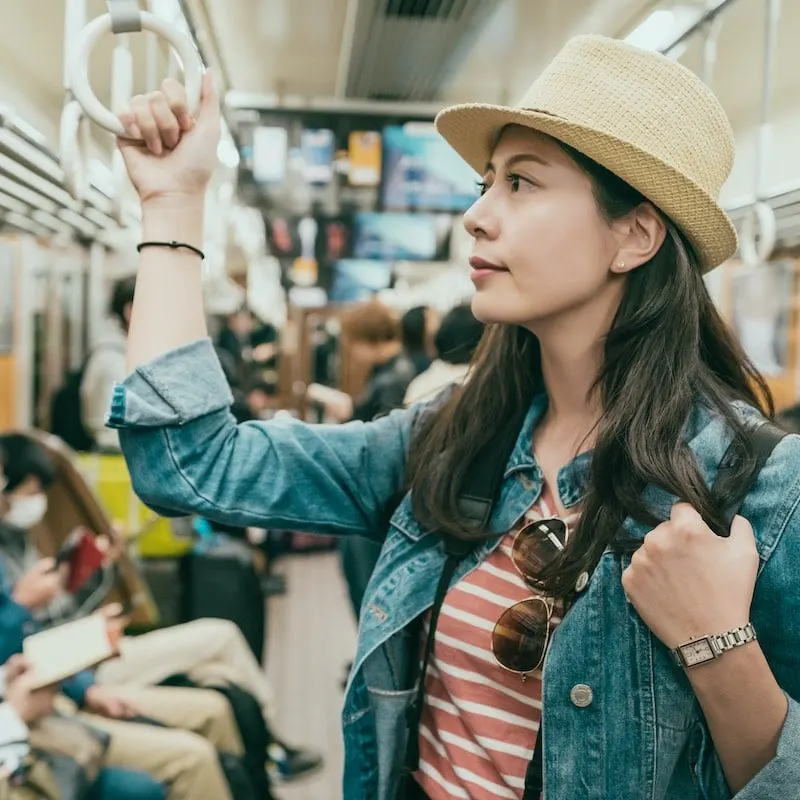
Staying In Boring Chain Hotels
This is definitely not the country to settle for a regular old chain hotel.
Japan offers such a wide variety of unique accommodation experiences at every price point.
- Ryokan – These Japanese guesthouses range in size from traditional family owned abodes to large designer hotel interpretations. What they have in common are tatami mats, communal paths, public areas, traditional multi course dinners called kaiseki, and immersion in Japanese culture.
- Kominka – Rural traditional guesthouses offer travelers a breath of fresh air and a trip back in time.
- Shukubo – Pilgrims have been seeking shelter in Buddhist temples for centuries. Now, many temples offer once-in-a-lifetime overnight stay experiences to open-minded tourists.
- Onsen Hotels – Natural hot springs give life to Japanese onsen, or thermal communal baths. Many hotels and resorts offer spa-like amenities and private baths for a zen wellness retreat.
- Capsule hotels – They’re more than just compact pods for backpackers. Modern trendy capsule chains like First Cabin offer space efficient “First Class” rooms with enough space to walk around and hotel-level amenities (down to humidifiers, smart TVs, and shaving cream).
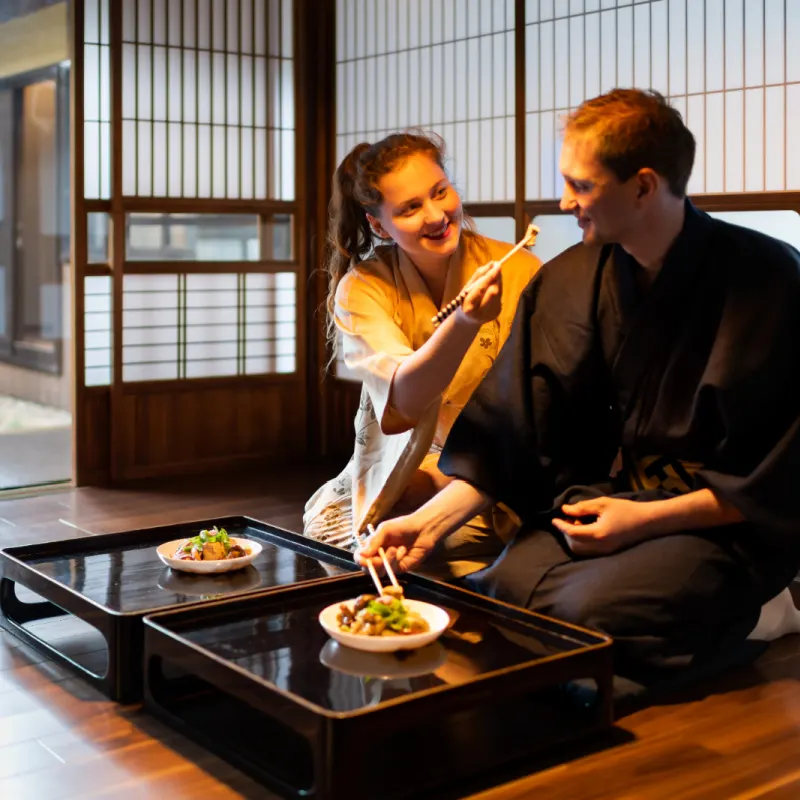
Sticking To The Beaten Path (And The Fast Lane)
So many travelers try to see too many of Japan’s trademark attractions in just a few days. Dashing between Tokyo, Kyoto, Osaka, and the picturesque islands, they spend so much time packing and transiting that they only scratch the surface of what Japan has to offer.
Focusing on one region and getting off path can upgrade a typical tourist tornado into a transformative experience.
Try grouping the popular Kyoto or Osaka together with destinations like Nara and Kobe, or even out-of-the-way gems in nearby prefectures:
- Arashiyama – Some visitors from Kyoto check out the bamboo forest and jet straight back to the city. Instead, stay overnight in this sleepy town. Explore its tea plantations and traditional way of life.
- Ine – This remote fishing village is worth the trek north from Kyoto for its floating guesthouses and local boat tours.
- Uji – Even the most skeptical tourist can’t help but fall in love with this matcha capital’s charm. A tea lover’s paradise!
- Awaji – This quirky island near Osaka has everything from anime theme parks to lush flowery hillsides.
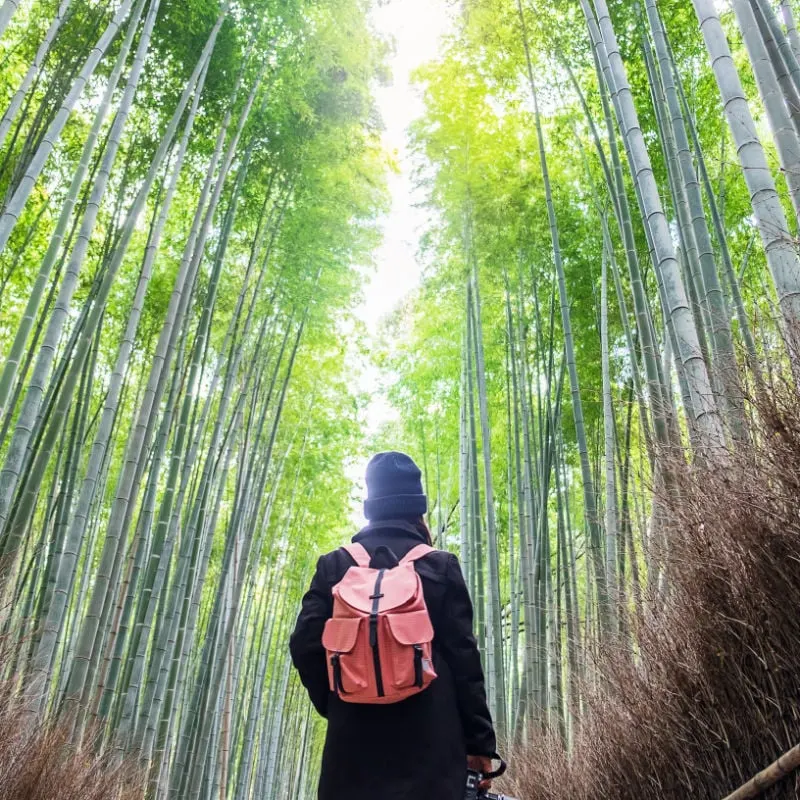
Traveler Alert: Don’t Forget Travel Insurance For Your Next Trip!
↓ Join Our Community ↓
The Travel Off Path Community FB group has all the latest reopening news, conversations, and Q&A’s happening daily!

SUBSCRIBE TO OUR LATEST POSTS
Enter your email address to subscribe to Travel Off Path’s latest breaking travel news, straight to your inbox.
This article originally appeared on TravelOffPath.com
